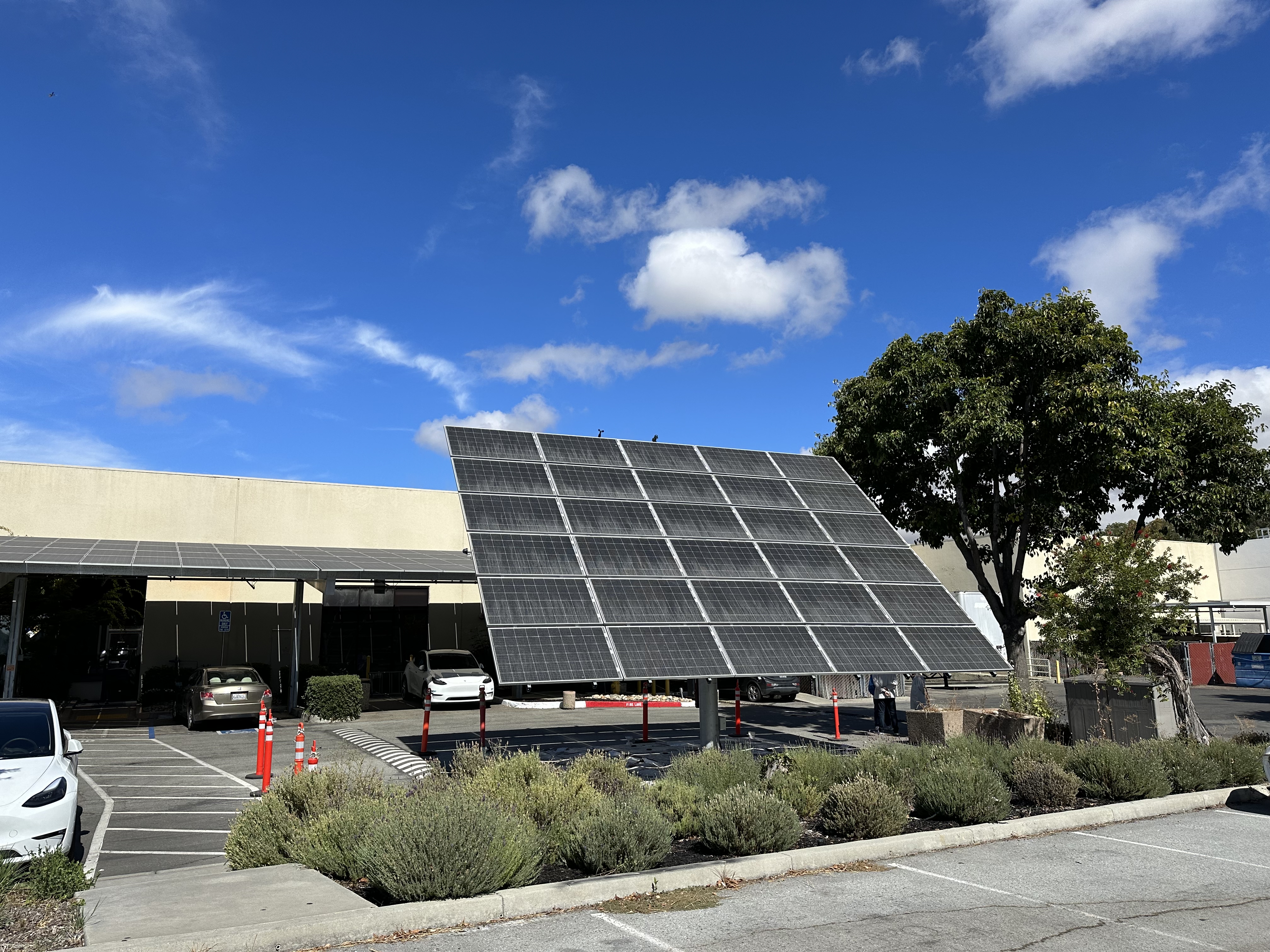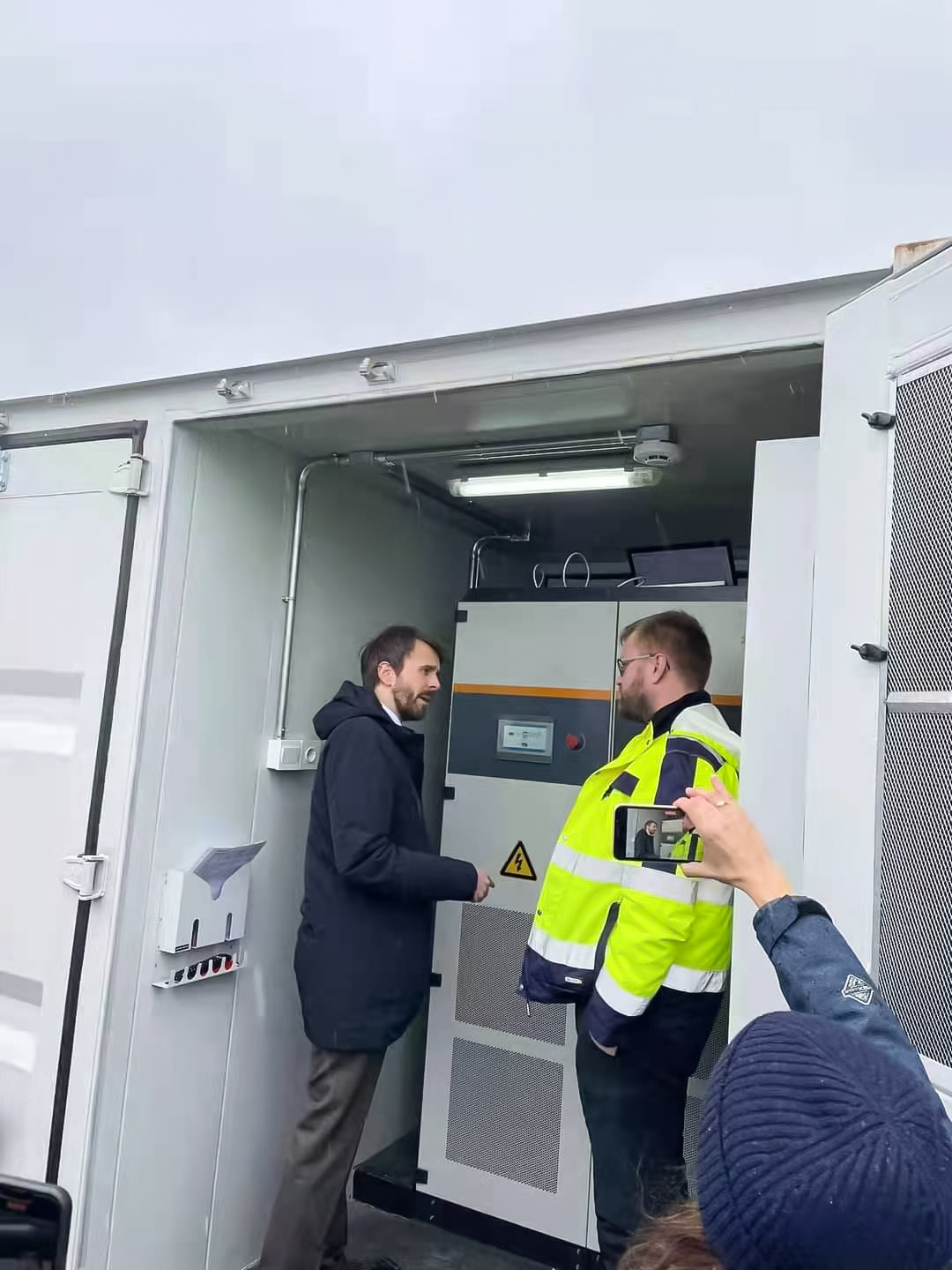

The rapid adoption of electric vehicles is reshaping energy demand patterns. As EV ownership grows, the power grid faces unprecedented challenges in meeting the surge in electricity consumption.
The clustering of EVs in specific areas creates peak load challenges for the power grid. During high-demand periods, such as evenings when most EV owners charge their vehicles, the grid struggles to maintain reliability. For example, in the Netherlands, a surge in EV sales caused grid instability in mid-2022, highlighting the need for resilient energy systems.
Traditional grid infrastructure is not designed to meet the growing demand for electric vehicle charging networks. Capacity limits the scale of electric vehicle charging stations, especially in some countries where the grid is old, grid upgrades and expansions are difficult and the application cycle is long, such as Germany, the Netherlands, Spain, Greece, and some Eastern European countries such as Poland. Regulatory complexity further delays the necessary upgrades and brings more obstacles to the rapid development of new energy vehicles.

Through the energy storage system, charging stations can quickly achieve grid expansion:
Reducing the need for grid upgrades: The energy storage system supplies power during peak hours, reducing dependence on grid expansion. ESS significantly improves grid reliability by acting as an energy reservoir. It stores large amounts of electricity during periods of low demand and provides a buffer during peak times. This capability prevents grid failures and ensures uninterrupted EV charging services. By leveling out demand peaks, ESS reduces the need for expensive infrastructure upgrades, saving utilities and operators substantial costs.
Dynamic load management: Intelligently adjust charging and discharging according to the grid status and charging needs to optimize grid use. By storing energy during off-peak hours, This stored energy is released when demand surges, ensuring a consistent supply for EV charging networks. absorbing or releasing energy as needed. This prevents grid overloads or under-loads, which enhances reliability and reduces the risk of outages.
Distributed energy integration: Combined with renewable energy, the energy storage system stores excess electricity to relieve grid pressure. such as midday solar production, and release it during low-generation periods. This ensures a reliable supply of green energy for EV charging. ESS also enhances peak shaving capabilities by utilizing stored renewable energy during high-demand periods. This reduces reliance on traditional power sources and lowers operational costs.
Demand assessment: Analyze the power demand and grid conditions of the charging station to determine the size and configuration of the energy storage system.
System design: Design the energy storage system to ensure compatibility with the charging equipment and the grid.
Installation and commissioning: Install and commission the energy storage system to ensure normal operation.
Operation and maintenance: Continuous monitoring and maintenance to ensure efficient operation of the system.

Project background: The demand for charging of new energy vehicles is increasing, and the demand for high-power fast charging needs to be met. The base currently has 50kWp rooftop photovoltaics and 3 fast charging piles, but it is difficult to upgrade and expand the transformer in the area, the process is cumbersome and the cycle is long.
User demands: Ensure the safety of power supply at the charging station and provide convenient and economical charging services for more new energy vehicles.

Solution: 250kW energy storage inverter + 520kWh lithium battery, of which the PCS uses Megarevo's MEGA0250T PCS, which has a maximum efficiency of 97.5%; it can achieve high-power fast charging, built-in isolation transformer, strong load adaptability; support automatic switching between grid connection and off-grid connection.
Operation effect: The system was officially connected to the grid in April 2022. As of February 2025, the entire system has been running stably, without any major failures and safety hazards, and the overall performance is excellent.
Application mode: Dynamic expansion of the power grid